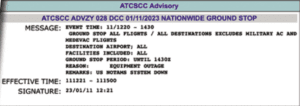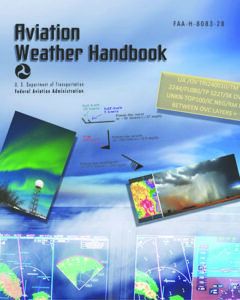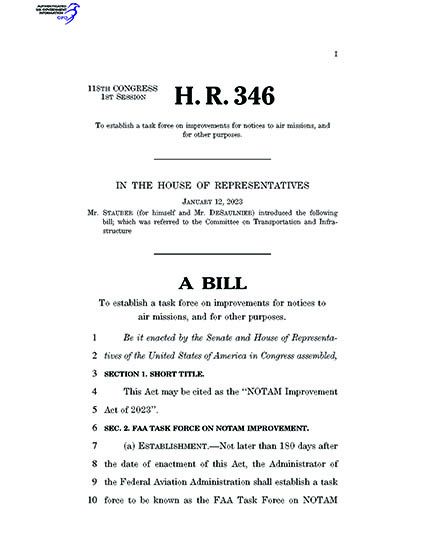The aftereffects of the FAA’s January 11, 2023, Notam system outage continue to ripple through the industry. If you’re just joining us, you should know the FAA was forced to issue a ground-stop in U.S. airspace after Notams (notices to air missions) became unavailable during a glitchy system upgrade.
According to online sister publication AVweb.com, the system “got glitchy” during the afternoon of January 10. Troubleshooting revealed a “single corrupted file” on both the main and backup systems. Technicians were doing a reboot of the Notam system—which was taking longer than anticipated—when the decision was made to issue a ground stop early on the 11th. As AVweb noted, the ground stop “didn’t last long but the effect was far-reaching.”

That effect reached all the way to the U.S. House of Representatives, and may go even farther. The House on January 25 passed NOTAM Improvement Act of 2023 by an overwhelming, bipartisan vote of 424-4. Among its other provisions, the bill would create an FAA Task Force on NOTAM Improvement, members of which would be drawn from the usual suspects among industry segments, plus “experts” in human factors, computer systems and cybersecurity.
The task force will expend much of its energy on Notam presentation. The bill establishes its goals as reviewing existing methods for presenting Notams and related information, plus regulations and policies regarding content and presentation. The task force also would be charged with determining best practices to organize, prioritize and present the information “in a manner that optimizes pilot review and retention.” It also is asked to recommend improvements to presentation, accuracy and “understandability,” “stability, resiliency and cybersecurity.” The FAA would have 180 days after enactment to form the task force, which would have a year to perform its work and report.
As this issue was being finalized, the bill was pending in the U.S. Senate, where it’s been referred to the Committee on Commerce, Science, and Transportation.
FAA Consolidates, Updates Weather Guidance
Any aspiring pilot who has sweated out written or practical tests knows the FAA has a wide range of guidance on aviation weather topics, from advisory circulars on avoiding thunderstorms and icing to voluminous references attempting to be one-stop-shopping for those wanting to learn more on the subject. The FAA itself counts six formal weather-related guidance publications in its library, not including the Aeronautical Information Manual (AIM). Now, the agency is moving toward consolidating all this guidance into fewer publications, and has brought forth the Aviation Weather Handbook (FAA-H-8083-28), which became available in late December. Its 532 pages are available free for the download as a PDF document from tinyurl.com/SAF-AWH.
According to the new handbook’s preface, “it consolidates the weather information from the following advisory circulars (AC) into one source document.” The FAA intends to streamline access to the weather-related documentation and the following advisory circulars remain in effect, but will eventually be canceled.
The ACs to be canceled include:
• AC 00-6, Aviation Weather.
• AC 00-24, Thunderstorms.
• AC 00-30, Clear Air Turbulence Avoidance.
• AC 00-45, Aviation Weather Services.
• AC 00-54, Pilot Windshear Guide.
• AC 00-57, Hazardous Mountain Winds.
The new handbook “is designed as a technical reference” for pilots, dispatchers and operators in their “flight planning and decision making.”
FAA Clarifies Approach Categories

With its January 9, 2023, Information for Operators publication, InFO 23001, the FAA is clarifying earlier guidance on the appropriate speed-based approach category crews should use. The new publication cancels an earlier one, Safety Alert for Operators (SAFO) 12005, dated September 9, 2012. According to the new INFO, it provides “expanded information about the aircraft approach category to be used during instrument approach operations, as determined by the aircraft’s certification authority.”
Among other clarifications, InFO 23001 states, “An aircraft’s approach category does not change if the actual landing weight is less than the maximum certificated landing weight. This certificated approach category is permanent….”




